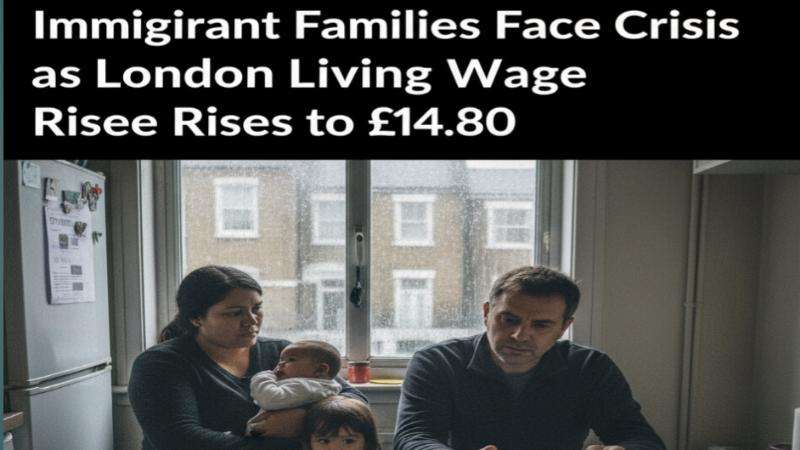The United Kingdom remains in the challenging position of having the highest inflation rate among the Group of Seven (G7) major advanced economies, with the latest figures showing Consumer Price Index (CPI) inflation holding steady at 3.8% in September. This figure, released by the Office for National Statistics (ONS), is nearly double the Bank of England's 2% target and frustrates hopes for a swift return to economic stability.
The G7 Inflation Gap Widens
The UK's 3.8% rate stands in sharp contrast to its major counterparts, highlighting a widening gap in inflationary performance. According to the latest available data for September, the US, Canada, France, Italy, and Germany all reported inflation rates lower than 3.8%.
While September data for the US and Japan is still pending, their August rates (2.7% and 3.1% respectively) were also below the current UK figure, reinforcing the UK's position as the inflation outlier. The wider Eurozone, composed of countries using the euro, also collectively recorded a lower inflation rate.
The Actual Situation of the UK Economy
The persistent high inflation is a symptom of broader economic pressures. While the economy has shown some resilience, with recent GDP data indicating modest growth, the underlying picture is one of constrained activity.
Key Economic Indicators:
Inflation: Stubbornly high at 3.8%, driven in part by domestic price pressures, including wage growth and services costs, though food price inflation has shown some recent signs of easing.
Monetary Policy: The Bank of England's Monetary Policy Committee (MPC) is expected to maintain a cautious stance on interest rates, with little appetite for cuts while inflation remains so far above target. This restrictive policy continues to weigh on mortgage holders and businesses.
Growth: Forecasts suggest a sluggish pace of growth for the remainder of the year and into the next, with a combination of high inflation and tight monetary policy restricting household and business spending.
Will it Get Worse or Turn Positive Soon?
The consensus among major economic forecasters, including the International Monetary Fund (IMF), is challenging. The IMF has warned that the UK is likely to face the highest inflation rate among the G7 economies this year and potentially into the next, suggesting the current situation could persist for longer than hoped.
However, the fact that inflation did not rise in September, confounding some expectations, offers a glimmer of hope that the peak may have been reached. Forecasters generally predict that inflation will begin to ease more meaningfully throughout 2026, finally falling back towards the 2% target as the effects of the initial energy price shocks fully drop out of the annual comparison.
In short: the immediate path remains difficult, with the UK at risk of a protracted period of above-target inflation. A decisive turn to positive, rapid improvement is not expected immediately, but the medium-term outlook for 2026 holds better prospects for an inflation slowdown and subsequent relief on borrowing costs.







_1.jpg)
.svg)


_2.jpg)